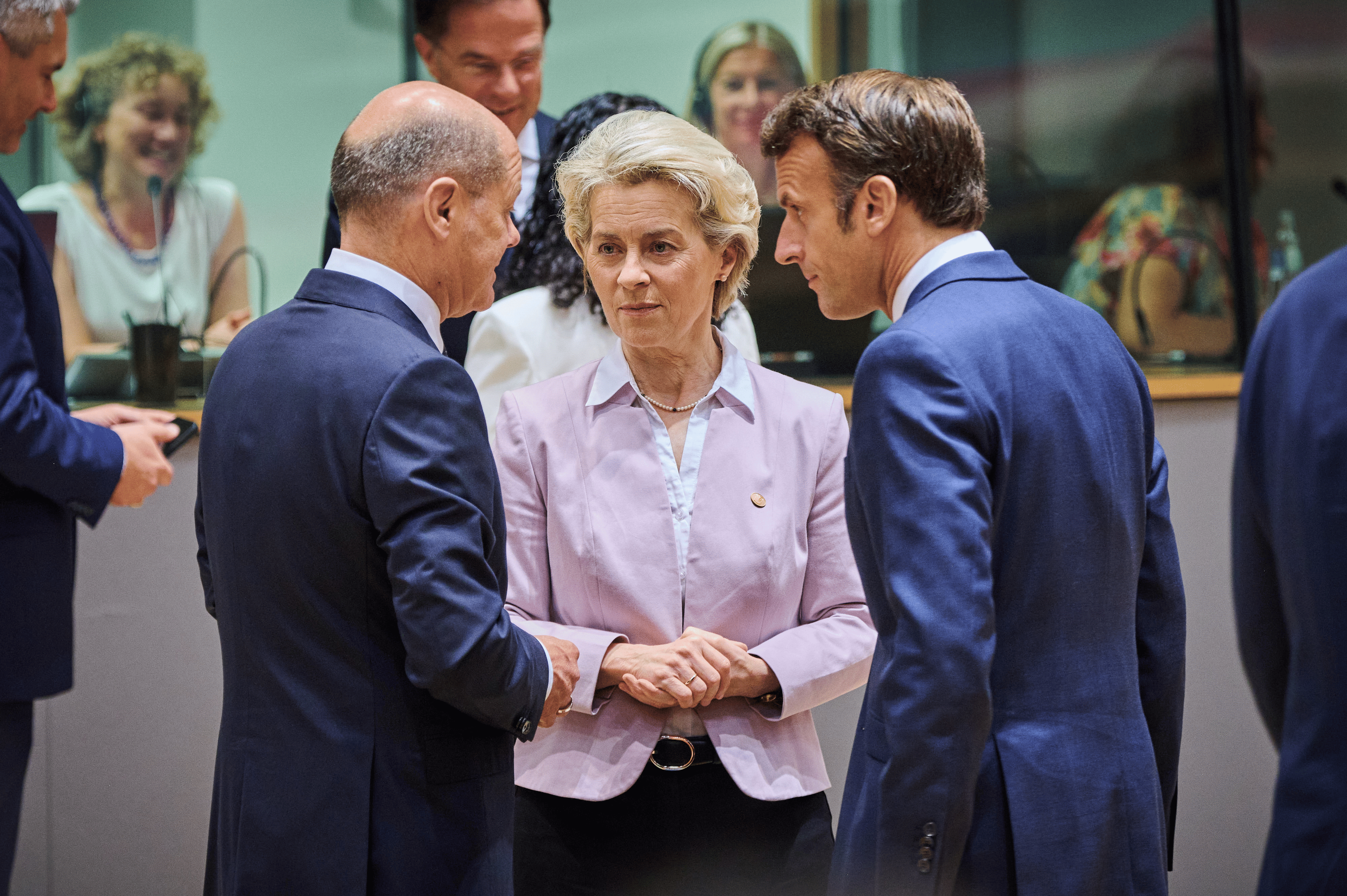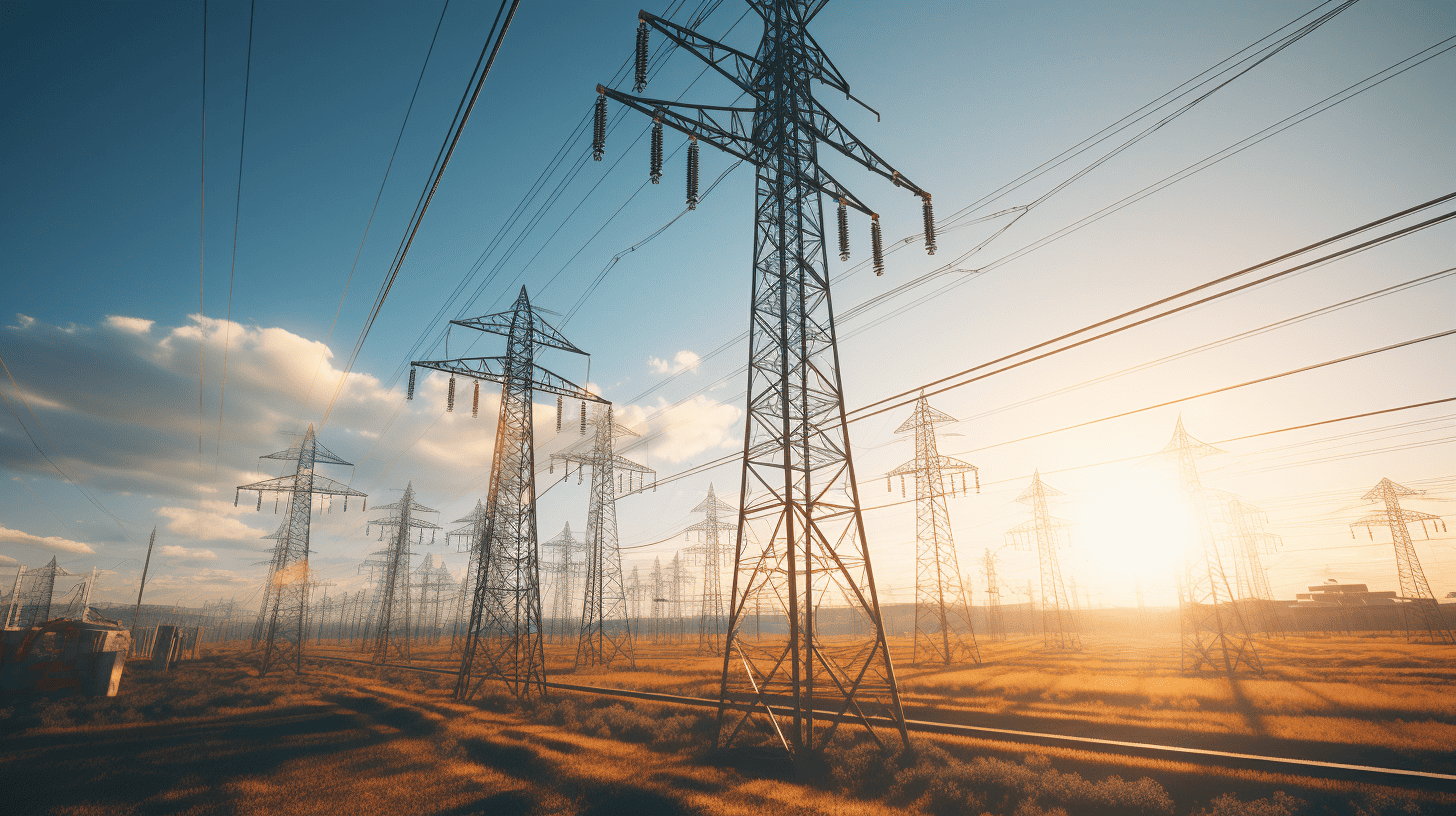
Neighbors, rivals, and partners. In their millennial history, France and Germany have always had a close relationship, for better or worse. In our own European Energy Index, we color in green the countries producing greener energy at that moment of the day. The way Germany and France are trying to get a bright, possibly consistent, green is dissimilar.
- France and Germany have opposite positions on nuclear power, the former recently shut down its last operating reactors, the latter is building new ones.
- Both aim to have 30 percent of final energy consumption coming from renewable sources by 2030.
- Germany is trailing France in solar and wind energy deployment.
Opposed nuclear strategies
The different take on nuclear power sets the main difference characterizing the two countries’ energy mix. On the one hand, Germany closed its last operating reactors in April. As in every other country, the topic has been contentious, even more so considering the current geopolitical scenario. Nevertheless, Scholz’s government proceeded with the phase-out, betting on renewables instead – which generated half of the net electricity produced in 2022. The very first energy data following the reactors’ shutdown showed a record share of 57.7 percent of net electricity generation amid fears of coal-power plants production ramp-up. Coal – specifically lignite and hard coal – are still a significant part of Germany’s energy mix. Last November, the coalition government agreed to pahse out coal by 2030.
On the other hand, nuclear energy will keep powering France. The 56 active nuclear plants guarantee the vast majority of the electricity generated in the country. What’s more, iIn 2022, French President Emmanuel Macron announced the construction of six more EPR 2 plants – third-generation nuclear reactors – in the coming years, with the first expected to be commissioned in 2035.
The opposing visions of nuclear power made France and Germany clash repeatedly when debating its role within EU legislative lawmaking processes. French Energy Minister recently called Germany double standards, as it imported lots of French nuclear power while rejecting every EU regulation recognizing its value. German officials quickly rejected the idea. Berlin previously opposed Paris’s push to have hydrogen produced from nuclear power excluded from the EU’s planned renewable fuel target. The final deal recognized the role of nuclear for producing hydrogen.
Challenging renewables
France was the only EU country to fail to reach its target for renewable energy consumption in 2020. Although aiming for 23%, only 19.1% of the power used came from sustainable sources. Yet, the latest data by the French Energy Transition Ministry shows that over a fifth of the energy consumed, that year came from renewable sources – 20.7 percent – with gains in photovoltaic, wind, and biogas.
In 2020, Germany had to meet an 18 percent share of renewables in final energy consumption. Berlin’s goal for 2030 is to increase this number to 30 percent. France agreed to increase this figure to 33 percent. With the current rate of development, it seems almost impossible to see France achieving this goal, even more so in light of the update of the energy climate law. The update should be submitted to the European Commission in autumn and must reflect the increased ambitions of the recently approved Renewable Energy Directive (RED).
The new RED increased the overall target to 42.5 percent. Germany and France favored setting a more ambitious target – with the latter pushing to include low-carbon energies, such as nuclear, to achieve this objective.

Different wind speeds
Differences in development can be found when comparing wind power deployment. The first chart shows how wind turbines were Germany’s major electricity source. At the end of 2022, Berlin could count on 67.4 GW of installed capacity – Eurostat data in the chart below is updated to 2021. This figure makes Germany the European country with the highest installed capacity and the third highest worldwide, after China and the United States. Overall, it made giant steps in the past decades, increasing its wind by tenfold in twenty years.
Over 98 of the 123 TWh generated in 2022 came from inshore farms, with the rest added by offshore plants in the Baltic and the Northern Sea. Berlin installed the first offshore turbines in 2010 and has over eight GW of operating turbines as of the end of 2022. The German cabinet aims at reaching 30 GW of offshore power by 2030.
Wind plays a primary role in the two-pillar energy strategy, consisting of nuclear and renewables, often outlined by Macron. The long-term vision is to prioritize offshore installations, reaching the 40GW milestone by 2050, which will require significant efforts in the coming years. Despite the thousands of kilometers of shoreline, the first offshore wind turbines started operating in 2022, off the coast of Saint-Nazaire, in the west.
Solar
According to 2022 data by Solar Power Europe (SPE), France is the fifth country per installed solar capacity in Europe with 16.1 GW – also behind the Netherlands, which has 18 GW. In 2022, France added 2.7 GW of solar panels. Macron’s long-term ambition is to have 120GW in solar installations by 2050. To match such ambitions and facilitate solar deployment, SPE suggests implementing regulatory changes to ease installations and simplify procedures.
Germany leads Europe in solar power, too. At the end of 2022, it had 68.5 GW of installed solar panels, making it the fourth country worldwide per installed capacity – after China, the US, and India. Solar energy keeps soaring, as 7.9 GW were connected last year, growing by 31 percent compared to 2021. Scholtz’s government “Easter Package” further set the PV capacity target for 2030 – having 215 GW installed. The recently approved renewable energy act also goes in the direction of accelerating solar installations.

Pace up
Regardless of their combination with nuclear or not, renewables deployment in the coming years will be key to the decarbonization of Europe’s two largest economies. With more ambitious targets in sight, it remains to be seen whether Germany and France will live up to the goals they set for themselves.

